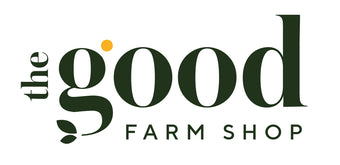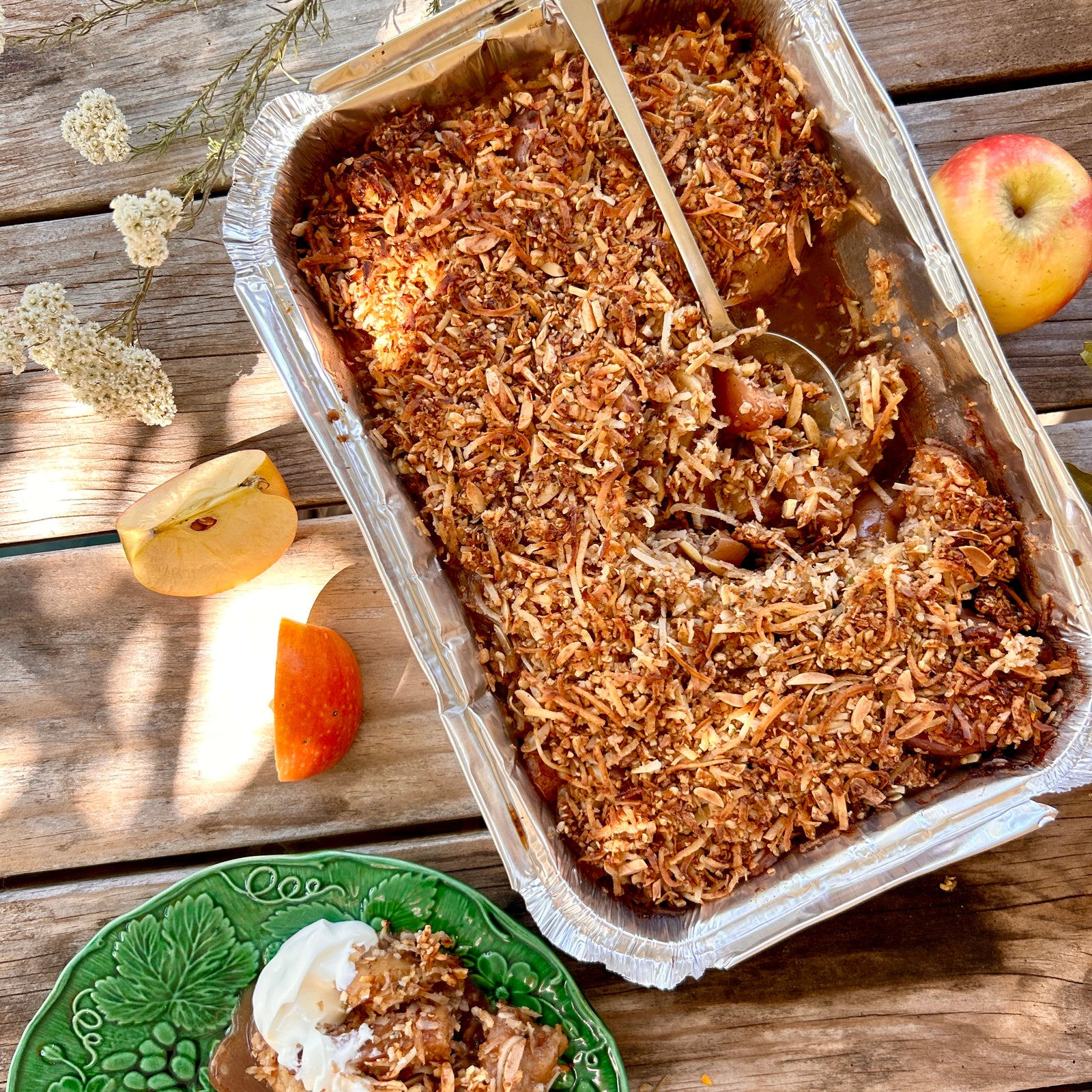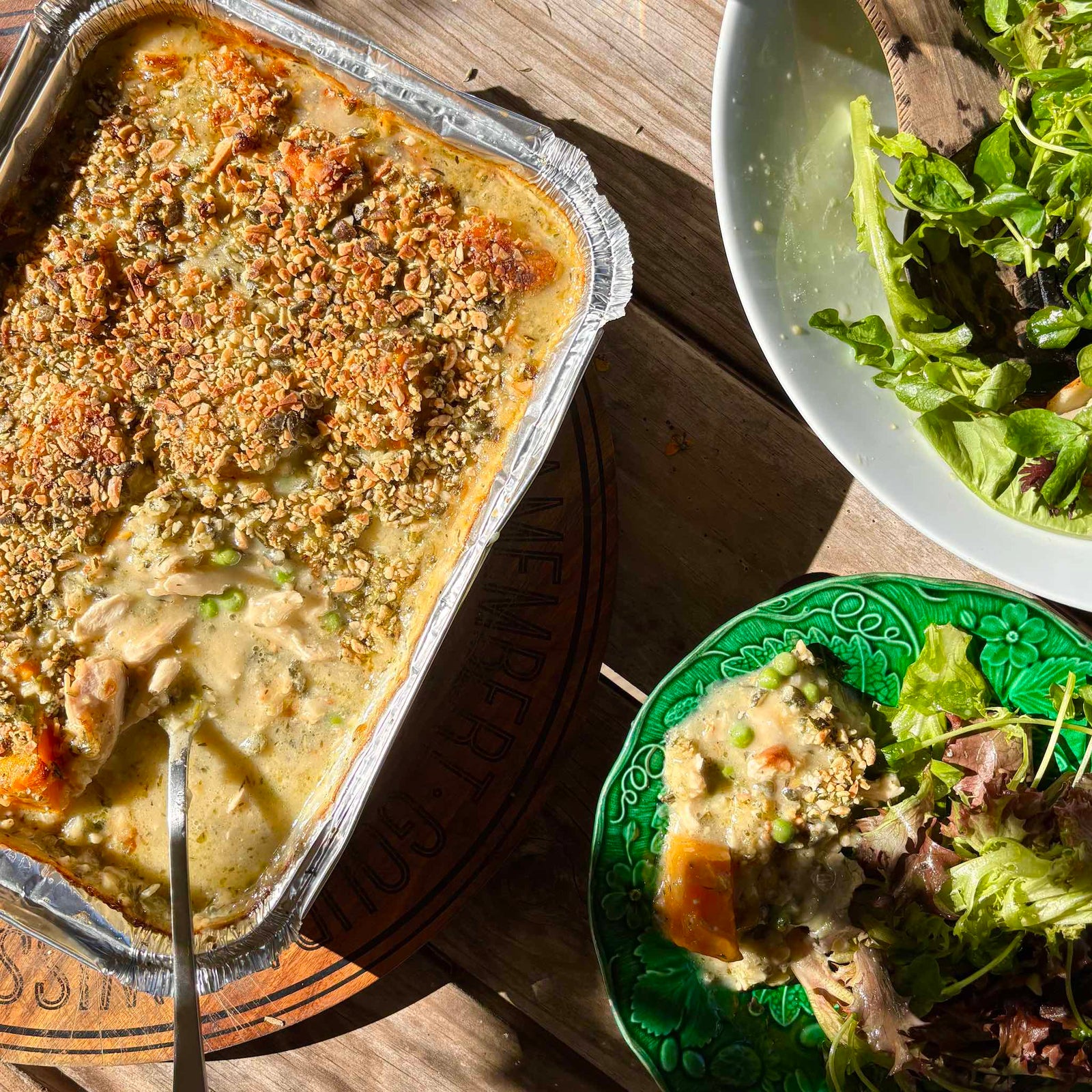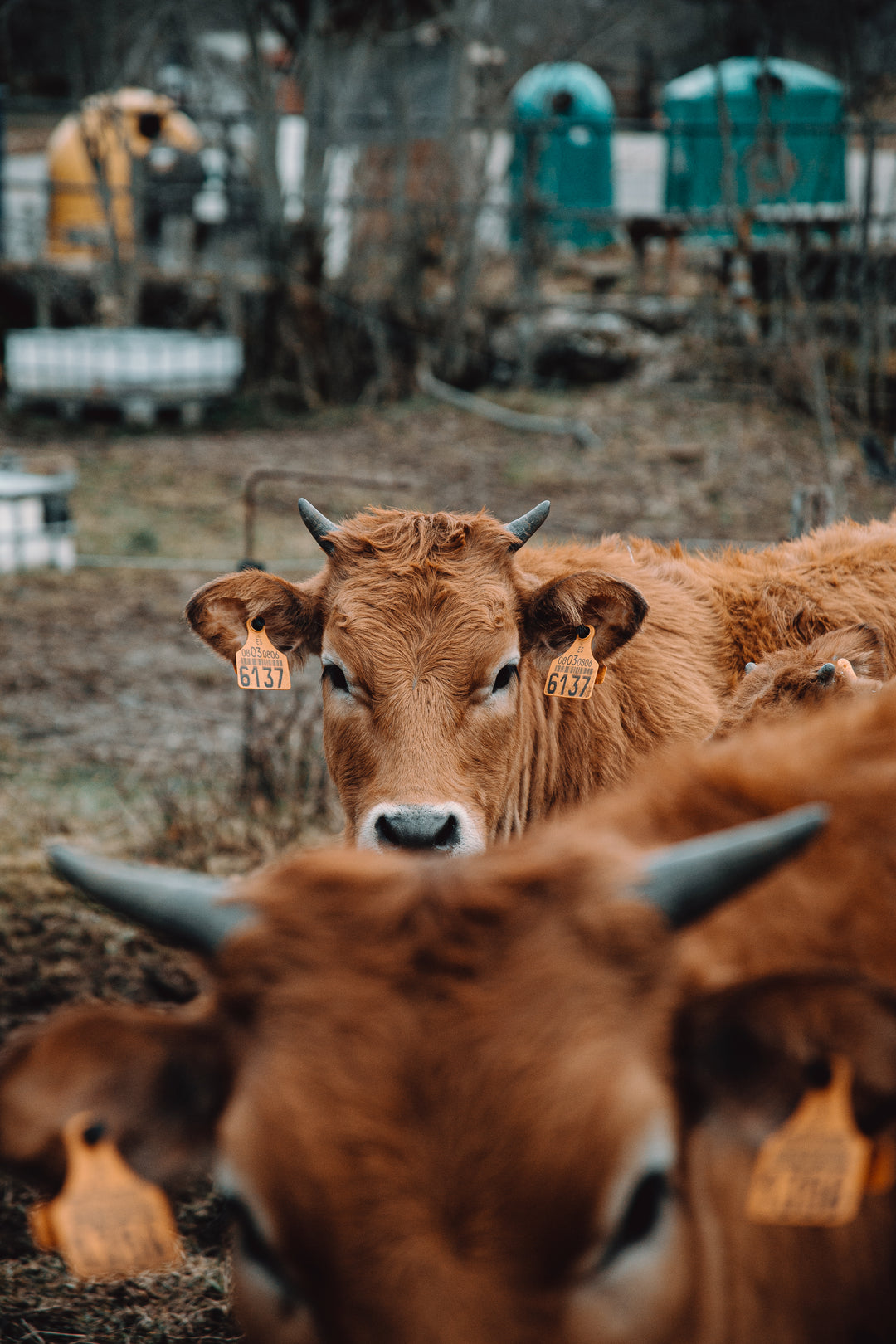Understanding Your Individual Protein Requirements
Hi, I'm Sammy Truswell...
Your Good Farm in-house nutritionist. Here to bring you essential information on nutrition, diet and permaculture gardening - in a bite size, easy to understand, science-backed way.

This month we are deep diving PROTEIN.
In Part 1 (found here), we explored how protein powers nearly every major function in the body — from building muscle and boosting metabolism to supporting brain health, immunity, and more. But knowing protein is important is only half the story.
The next question is:
How much protein do you need?
The truth is there’s no one-size-fits-all answer. Your protein requirements depend on several personal factors — including your body size, activity level, age, and health goals.
Let’s break it down.
What Affects Your Protein Needs?
1. Body Weight and Composition
The more you weigh — and the leaner muscle you have — the more protein your body requires for maintenance and repair.
Most recommendations are based on body weight, using grams of protein per kilogram (g/kg).
- The bare minimum for healthy adults is 0.8-1 g/kg/day, but this is only enough to prevent deficiency — not necessarily to thrive.
2. Activity Level
The more you move, train, or lift, the more protein your body needs to recover and perform well.
|
Activity Level |
Protein Needs (g/kg) |
|
Moderately Active |
1.2–1.5 |
|
Very Active / Training |
1.5–2.0 |
3. Goals and Life Stage
Your protein needs increase if you’re:
- Trying to lose body fat (to preserve lean muscle)
- Building strength or gaining muscle
- Recovering from injury, illness, or surgery
- Managing blood sugar or metabolic conditions
- Over 50, when maintaining muscle becomes crucial
- Pregnant or breastfeeding
For these scenarios, 1.5–2.0 g/kg is often a better target.
Note: These are general guidelines. Experiment and adjust to find what works best for your body and goals.
Translating Grams into Food
Knowing your target in grams is one step — turning that into real meals is where it counts.
Here’s how much protein is in some common foods:
- 2 eggs = 12g
- 100g chicken breast = 30g
- 100g steak = 25g
- 100g barramundi = 22g
- 100g cottage cheese = 12g
- 2 tbsp almond butter = 7g
- 1 cup cooked lentils = 18g
- 1 scoop protein powder = 20–25g
Aim for 20–40g of protein per meal, with one or two protein-rich snacks to hit your daily goal. If you skip a meal, avoid snacking or practice intermittent fasting, you may need to increase protein in your main meals.
What About Protein Powders?
They can be useful but prioritise whole food sources first — and use powders as supplements when needed.
Tips for Hitting Your Protein Target
- Include a protein source at every meal to stay full, balance blood sugar, and reach your daily goal.
- Prep high-protein snacks (e.g., Greek yoghurt, cottage cheese, boiled eggs, jerky, nuts, protein balls, or smoothies).
- Combine plant-based proteins (e.g., legumes + grains, or legumes + nuts/seeds) for complete amino acids.
- Think outside traditional “breakfast foods” — dinner leftovers like stir-fry with eggs or bolognese on sourdough work perfectly.
Quick Example: Calculating Your Needs
If you’re moderately active and weigh 73kg:
1.2–1.5g × 73kg = 87–110g/day
That might look like:
- Breakfast: 3 eggs + feta = 20g
- Lunch: Chicken salad with quinoa = 30g
- Snack: Cottage cheese, avocado & cucumber = 20g
-
Dinner: Beef ragu = 30g
Total: ~100g
Simple Portion Guides (No Scales Required)
Rule of Thirds
Divide your plate into:
- ⅓ protein
- ⅓ starchy vegetables or grains (sweet potato, potato, parsnip, etc.)
- ⅓ non-starchy vegetables (broccoli, spinach, bell peppers, tomatoes, cucumber, etc.)
Palm of Your Hand
Use your palm as a simple serving guide — one palm-sized portion of meat, fish, chicken, tempeh, or similar per meal (more if you’re highly active).
The Bottom Line
Whether your goal is to build strength, boost energy, or age well, getting enough protein is essential for long-term health.
Now that you understand the importance of protein and how much your body needs, you can make informed choices that support your goals — and over time, these habits will become second nature.
Coming Next: Part 3 — Understanding Different Sources of Protein
Discover the differences between plant and animal proteins, how bioavailability affects absorption, and how to choose sustainable protein sources that support both your health and the planet.
Until then, stay well and happy...
Sammy




















Thank you for this helpful and clearly explained info on protein. There is so much misinformation out there, and I despair when I see protein powders marketed so strongly when we have such good protein sources from real food available.
Any chance of an article on other important elements of our diet? Fibre is one (but I seem to have that sorted), and getting sufficient calcium and controlling saturated fat intake for LDL cholesterol management are biggies for me (I’m in my 50s and seeking to improve bone density and reduce my cholesterol).
Great article. Thanks! I wish the Good Farm Shop had more vegetarian meals with different plant-based protein.
Hi Sammy,
Thank you for your input on protein,you explained it perfectly.
Looking forward to part 3
Love Linda 🌺
Most informative and easy to follow. Thank you. Looking forward to Part 3. Cheers, Judy
Leave a comment